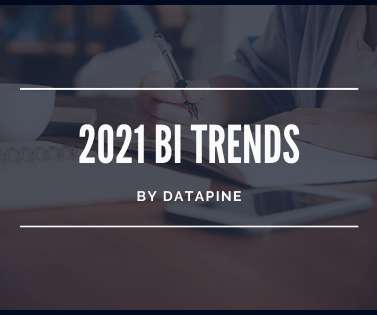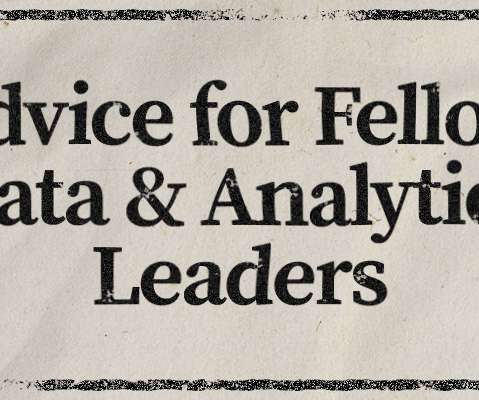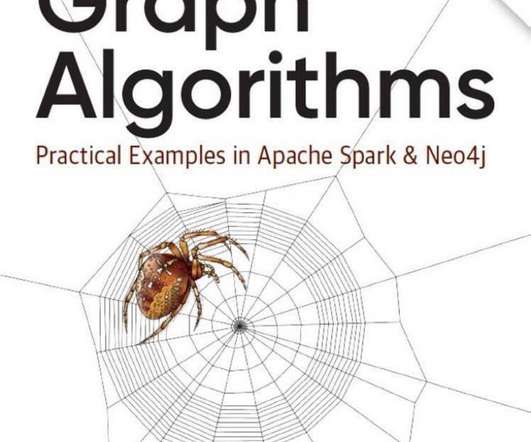Top 10 Analytics And Business Intelligence Trends For 2020
datapine
NOVEMBER 27, 2019
That way, any unexpected event will be immediately registered and the system will notify the user. However, businesses today want to go further and predictive analytics is another trend to be closely monitored. 4) Predictive And Prescriptive Analytics Tools. Prescriptive analytics goes a step further into the future.























Let's personalize your content